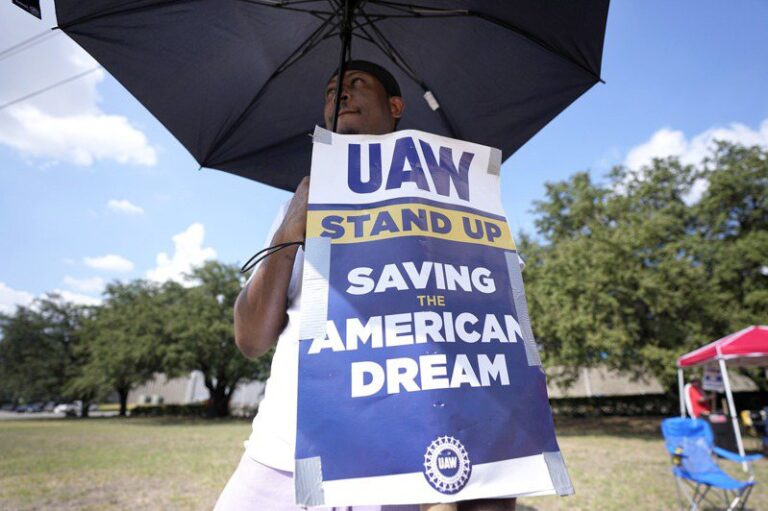
The Wall Street Journal reported on the 25th that the low birth rate and the baby boomer generation, which is one of the main players in the labor market, are gradually declining.retireExperts predict that the labor shortage dilemma in the US domestic job market will continue and develop into a long-term labor shortage crisis, resulting in higher wages and frequent personnel movement; And strikes by automobile and aviation workers highlight a crisis that has been going on for decades. Workplace storm.
Experts say birth rates are down as post-war baby boomers are retiring,MigrantFactors such as policy changes and changes in workers’ employment preferences have caused employers to face a labor shortage problem that they cannot make up, and these phenomena will not change significantly in the next few years. “This is the so-called talent supply chain, and in this case, the talent itself has the right to choose,” said Teresa Carroll, CEO of staffing company Magnit.
Furthermore, according toLabour DepartmentAccording to the data, the total employment rate will grow by 0.3% per year until 2032, which is much lower than the 1.2% in the past 10 years. The biggest reason is population decline and slowdown in gross domestic product (GDP) growth.
Baby boomers, currently the country’s main population with about 76 million people, currently range in age from 58 to 77, but by 2028, the youngest people will reach the average retirement age of 64. As for the second largest population group, Millennials, with approximately 62 million people, the population is continuously increasing due to immigration. Baby boomers, who have long been steadily extending their working years, have begun to slow down during the pandemic, and many have retired and have not yet returned to the workforce.
Affected by the epidemic, the labor force participation rate has not yet fully recovered. Even though the number of young workers aged 25 to 54 has increased, the Labor Ministry estimates that the overall labor force participation rate will fall to 60.4% in 2032. Mainly because it is the baby boomers who are retiring.
Long-term labor shortages will accelerate wage growth in the short term. John Fish, chief executive of construction company Suffolk, said, “A carpenter’s wage is 20% to 25% higher than it was 24 months ago. This is not a sustainable phenomenon.”
Labor shortage can be reduced by bringing more manpower into the labor market or by increasing the productivity of existing workers. The outbreak of the pandemic has exposed the fragility of the global supply chain, making outsourcing no longer popular. Instead, a “reset” is gaining momentum and has received billions of dollars in government subsidies to bring manufacturing back to the United States.
Immigration, once reduced due to pandemic-related policies, is now flooding the country, but immigration remains a divisive issue. “If the labor problem is not addressed through comprehensive immigration policy, wages will skyrocket over the next two to three years due to an overall shortage of the labor force,” Fish said.
Life(TagstoTranslate)Department of Labor(T)Retirement(T)Immigration